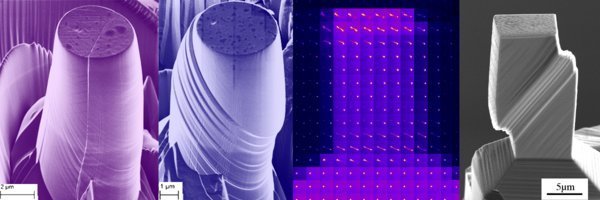Conference Paper
Ponge, D.; Millán, J.; Dmitrieva, O.; Sander, B.; Kostka, A.; Raabe, D.: Ultra high strength steel design by using nanoparticles. In: Proceedings Book 2nd Inter. Symp. Steel Science ISSS 2009 (Ed. K, H. N.T.). Proceedings 2nd Inter. Symp. Steel Science ISSS 2009, Kyoto, Japan, October 21, 2009 - October 24, 2009. The Iron and Steel Institute of Japan, Japan (2009)


